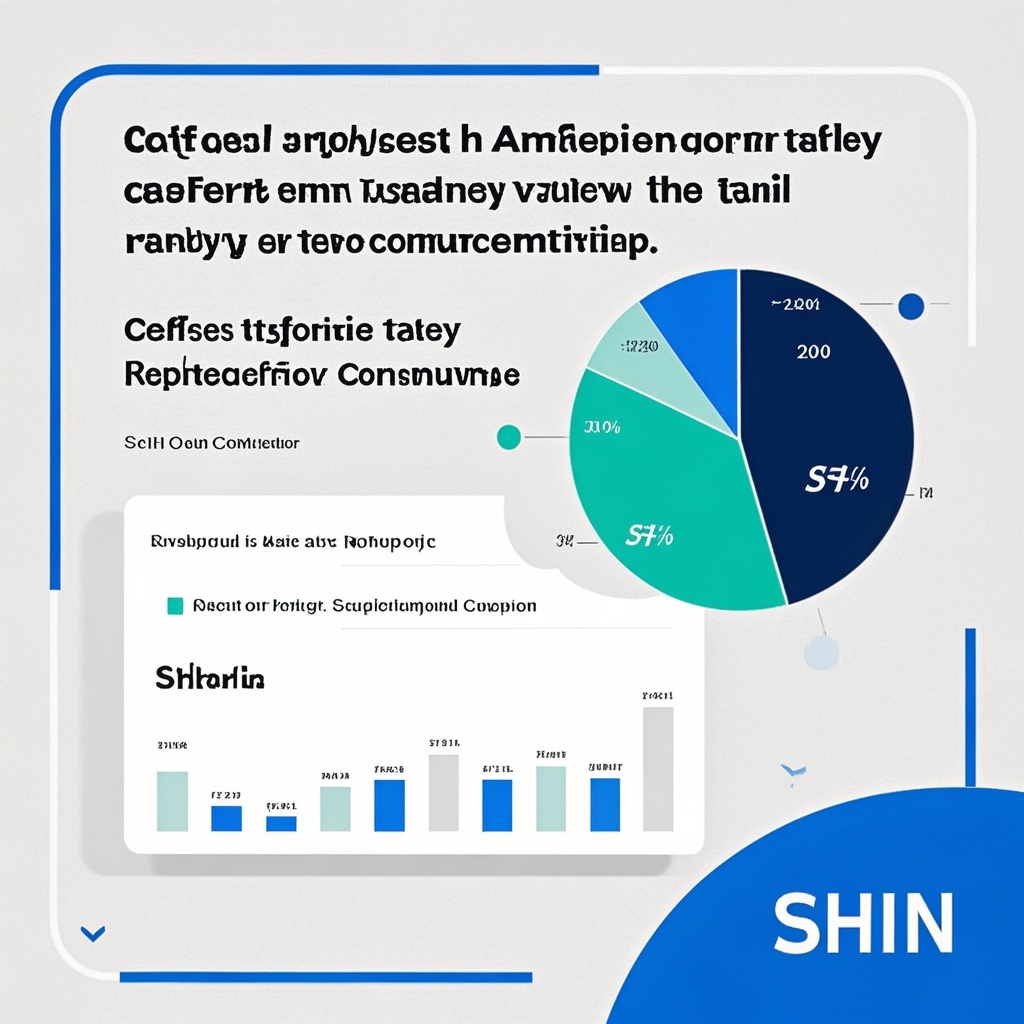Title: SHEINs Tariff Compliance Struggles: Lessons for Cross - border E - commerce Platforms
Background
In recent years, cross - border e - commerce has witnessed explosive growth. However, with the increasing globalization of trade, cross - border e - commerce platforms are facing more and more stringent tariff compliance reviews. SHEIN, a well - known fast - fashion cross - border e - commerce platform, is no exception.
The rise of protectionist trade policies in many countries has led to a tightening of customs regulations. Tariffs are not only a means of generating government revenue but also a tool for protecting domestic industries. For cross - border e - commerce platforms, ensuring tariff compliance has become a complex and challenging task. They need to deal with different tariff regulations in various countries and regions, which may vary greatly in terms of tax rates, product classifications, and exemption policies.
Case: SHEIN's Tariff Compliance Struggles
SHEIN has been extremely successful in the global fast - fashion market. It offers a wide range of trendy and affordable clothing items, attracting a large number of consumers around the world. However, as it expands globally, it has encountered significant tariff compliance challenges.
For example, in some European countries, there have been issues regarding the accurate classification of SHEIN's products for tariff purposes. Some products may be misclassified, leading to incorrect tariff payments. This could be due to the complex and diverse nature of SHEIN's product line. With thousands of new styles being added regularly, it is difficult to ensure that each product is correctly classified according to the local customs' product classification system.
In addition, SHEIN has also faced challenges in dealing with value - added tax (VAT) regulations in different countries. In the EU, for instance, the VAT rules for cross - border e - commerce are constantly evolving. SHEIN needs to adapt to these changes to ensure that it is charging and remitting the correct amount of VAT to the relevant tax authorities.
Another aspect of SHEIN's tariff compliance struggle is related to the origin of its products. Some countries have specific rules regarding the origin of imported goods, and SHEIN needs to provide accurate documentation to prove the origin of its products. This can be a challenge as SHEIN sources its products from a large number of suppliers across different regions.
Lessons Learned
1. Robust Product Classification Systems
Cross - border e - commerce platforms should invest in developing robust product classification systems. This involves hiring or training experts who are well - versed in international customs product classifications. For example, platforms can use advanced software or algorithms to analyze product characteristics and automatically assign the correct classification codes. By having a more accurate product classification system, platforms can avoid misclassifications and ensure proper tariff payments.
2. Stay Informed of Regulatory Changes
Given the constantly evolving nature of tariff and tax regulations, platforms must stay informed about regulatory changes in all the countries and regions they operate in. This can be achieved through subscribing to official government announcements, joining industry associations, or hiring regulatory compliance consultants. For instance, SHEIN could have a dedicated team to monitor VAT and tariff changes in the EU and other major markets, so that it can quickly adapt its operations.
3. Supply Chain Transparency
Ensuring supply chain transparency is crucial for tariff compliance. Platforms need to have a clear understanding of the origin of their products and be able to provide accurate documentation when required. This may involve working closely with suppliers to ensure that they also comply with relevant regulations. For example, SHEIN could implement a system where suppliers are required to provide detailed origin information for each product batch, which can then be used for customs clearance.
4. Collaboration with Customs Authorities
Cross - border e - commerce platforms should consider collaborating more closely with customs authorities. This can help in resolving disputes more quickly and also in getting a better understanding of the regulatory requirements. For example, SHEIN could initiate regular meetings or communication channels with customs authorities in key markets to discuss any potential compliance issues and find solutions together.
Summary
The case of SHEIN's tariff compliance struggles serves as a valuable lesson for cross - border e - commerce platforms. As the international trade environment becomes more complex, tariff compliance is no longer an option but a necessity. Platforms need to be proactive in addressing these challenges by implementing measures such as improving product classification systems, staying informed of regulatory changes, ensuring supply chain transparency, and collaborating with customs authorities.
By learning from SHEIN's experiences, other cross - border e - commerce platforms can better navigate the complex world of tariff compliance and avoid potential legal and financial risks. This will not only help them to maintain their competitiveness in the global market but also contribute to the long - term sustainability of their business operations.



